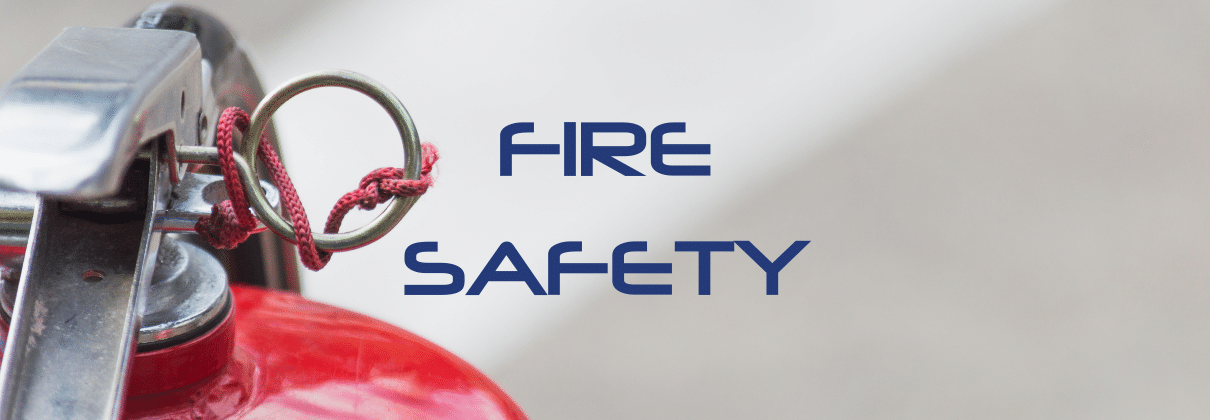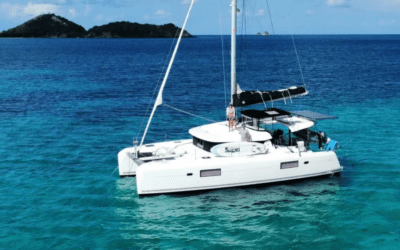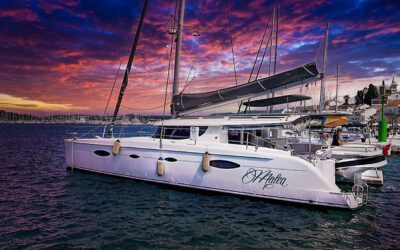Just Catamarans Presents: Toolbox Talk
FIRE SAFETY
When boarding a vessel you must be aware of your surroundings in case of an emergency. Locate and be aware of the following:
All possible Emergency Exits
All Accessible Extinguishers
Emergency Liferaft and Life Jackets
Emergency Cut-Off Valves and switches
Know how to use a fire extinguisher beforehand.
1. Pull the indicated pin
2. Aim the nozzle at the base of the flames
3. Squeeze the handle to spray the foam
4. Spray back and forth over the fire until it is out.
Main Causes of Fires Started Aboard
Wiring/Appliances – 56%
Engine/Transmission Overheat -24%
Fuel Leak – 8%
Miscellaneous – 12%
WHAT DO YOU DO WHEN THERE IS A FIRE ONBOARD?
1. Immediately shout out “FIRE” and yell for someone to get help.
2. If possible, get fire extinguishers so that you are able to put out the fire as soon as possible.
3. Have an escape route off the boat if the fire becomes uncontrollable.
4. Call 911 and notify surrounding boats so that they can be moved away from the burning boat..
Know your Fire Classifications and Their Proper Extinguishing Agents Not all fires should be treated alike. The source and location of a fire will determine which extinguishing agent should be used for maximum effect:
• Class A Solid Fires: Caused by combustible solid materials, such as paper, wood, cloth, rubber, and many plastics including the fiberglass reinforced plastic used for decks and hulls. Water and Foam Extinguishers must be used.
• Class B Liquid Fires: Caused by flammable liquids including gasoline, diesel, kerosene, oil based paint, teak oil, paint thinners, acetone, varnishes, and flammable gases or fumes. Carbon Dioxide extinguishers must be used.
• Class C Electrical Fires: Caused by energized electrical equipment such as AC/DC wiring faults, wires chafing, motors transformers and other appliances. Carbon Dioxide or Dry. Chemical Extinguishers must be used.
Contact the Just Catamarans Service team to help with all your Catamaran needs.




